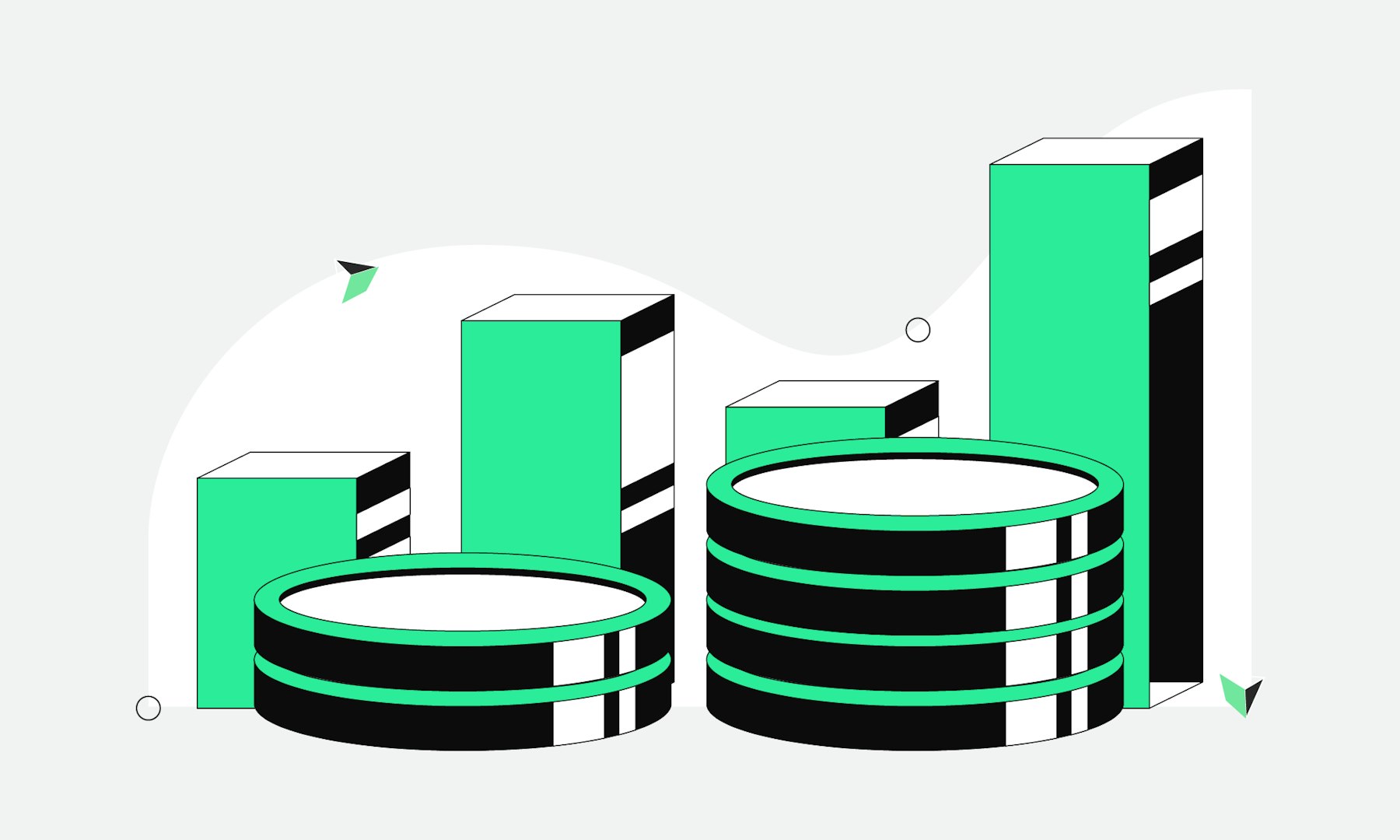What are bond ETFs?
Bond ETFs, also known as bond exchange-traded funds, provide investors with access to a diversified portfolio of government or corporate bonds. By spreading investments across many bonds, risks can be reduced.
Unlike traditional bonds, which are purchased directly by investors and held until maturity, bond ETFs allow for flexible trading on stock exchanges. They typically track a specific bond index to replicate its performance. Through regular interest payments, they can serve as a source of income, while the ETF’s price movements can further influence returns. This makes them an attractive option for investors seeking both stability and income.
Bond ETFs also offer retail investors an easy entry point into the bond market, as they do not require high minimum investments compared to individual bonds.
How do bond ETFs work?
Bond ETFs pool investors’ capital to invest in a variety of bonds that may have different characteristics depending on the fund. These may include government bonds, corporate bonds or specialised fixed-income ETFs that focus on stable interest income. The composition of the ETF typically mirrors a specific bond index, aiming to closely replicate its performance.
A bond ETF generates returns primarily from the interest regularly paid by the bonds it holds. Depending on the ETF, these returns can either be distributed or reinvested. Another feature is the continuous adjustment of the portfolio. As bonds mature or new ones are added to the index, the fund adjusts its composition accordingly. This ensures the ETF remains invested over the long term and delivers consistent performance aligned with the underlying index.
Investors benefit from the tradability of bond ETFs on stock exchanges, making them easy and flexible to buy or sell. However, the price of a bond ETF is subject to fluctuations, influenced by changes in interest rates or the creditworthiness of the issuers (such as governments or corporations) of the underlying bonds.
The difference between bond ETFs and individual bonds
Bond ETFs bundle numerous bonds into a single fund, replicating a specific index, while individual bonds are purchased directly from issuers and have a fixed maturity. A key difference is that bond ETFs do not offer a repayment of the principal at a set date, whereas individual bonds guarantee full repayment at the end of their term, provided the issuer remains solvent.
Individual bonds provide predictable income and the security of repayment at a fixed date. In contrast, bond ETFs continuously reinvest capital into new bonds, leading to a perpetual investment without a fixed term.
Bond ETFs enable broad diversification, spreading risk, and are flexibly tradable on stock exchanges. Individual bonds often require higher minimum investments, offer less diversification, and are less liquid. The choice between the two depends on individual goals and risk tolerance. Compared to equities, bond ETFs offer more stability, making them particularly attractive for investors who prioritise a balanced portfolio.
When are bond ETFs appropriate?
Bond ETFs are especially suitable for investors seeking a balance between stability and returns in their portfolios. They are particularly appealing during periods of low interest rates as an alternative to fixed-term or savings accounts, offering regular income alongside broad diversification.
Additionally, bond ETFs are advantageous for investors who value flexibility, as they can be traded on stock exchanges at any time. They are ideal for long-term investors aiming for ongoing interest payments or continuous growth in value. Bond ETFs can also serve as a valuable tool for risk diversification when combined with equities or other asset classes, reducing portfolio volatility and benefiting from the stable performance of various bond and equity markets over the long term.
Whether bond ETFs are worthwhile depends on individual goals, risk tolerance, and investment horizon. Investors seeking a cost-effective and liquid way to access the bond market can benefit from the advantages of these funds.
Risk and return with bond ETFs
Bond ETFs are considered stable investment options with predictable income. Their returns are derived from the regular interest payments of the bonds they hold, which vary depending on the maturity and credit quality of the issuers. While government bond ETFs often offer lower returns with high security, corporate bond ETFs can provide higher yields, depending on the creditworthiness of the underlying companies.
However, bond ETFs are sensitive to interest rate changes: rising interest rates can lead to falling bond prices. Broad diversification within an ETF can help mitigate this risk.
For investors seeking additional growth opportunities alongside stable returns, Bitpanda offers a flexible way to invest in crypto assets. Cryptocurrencies can complement traditional investments like bond ETFs, enhancing a portfolio’s potential for returns.
